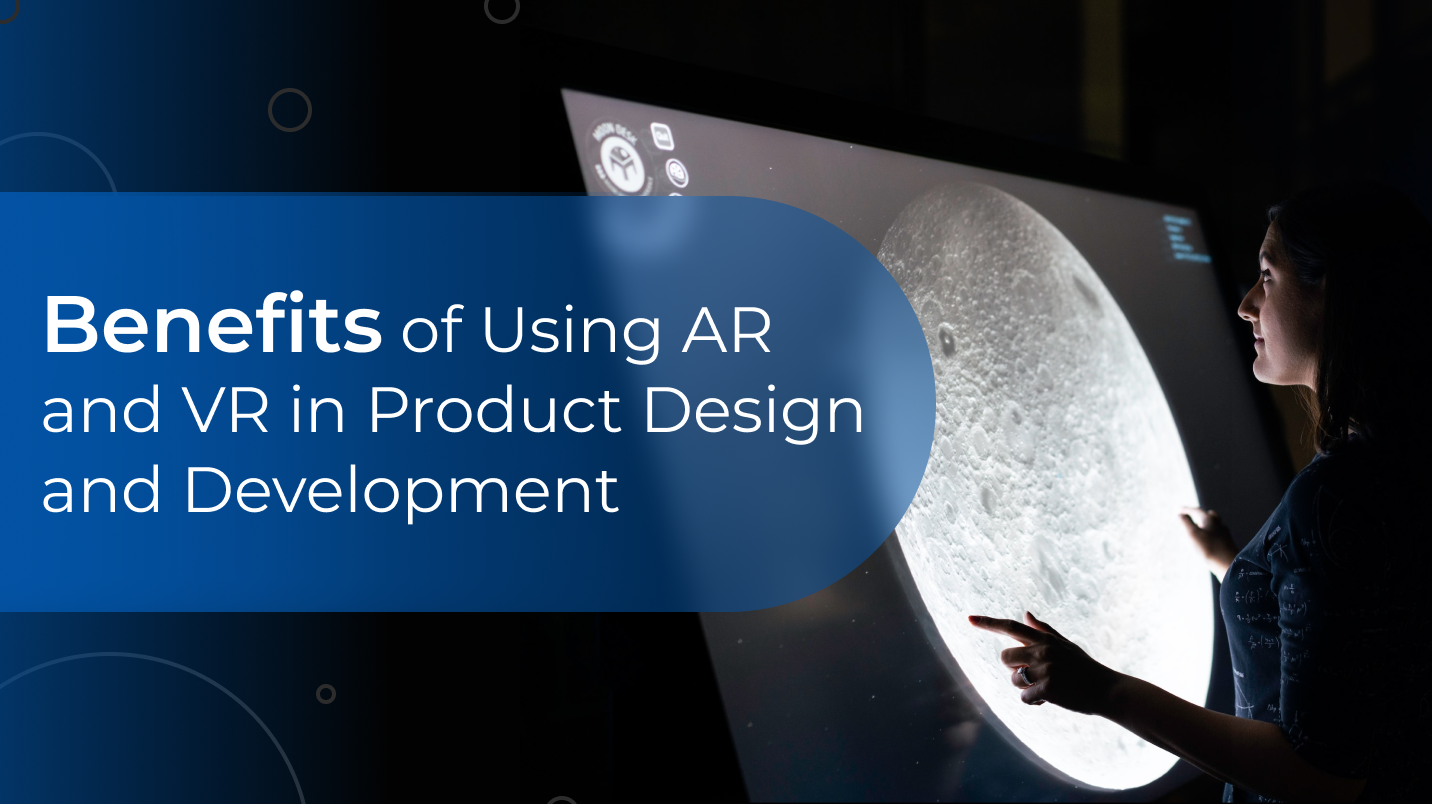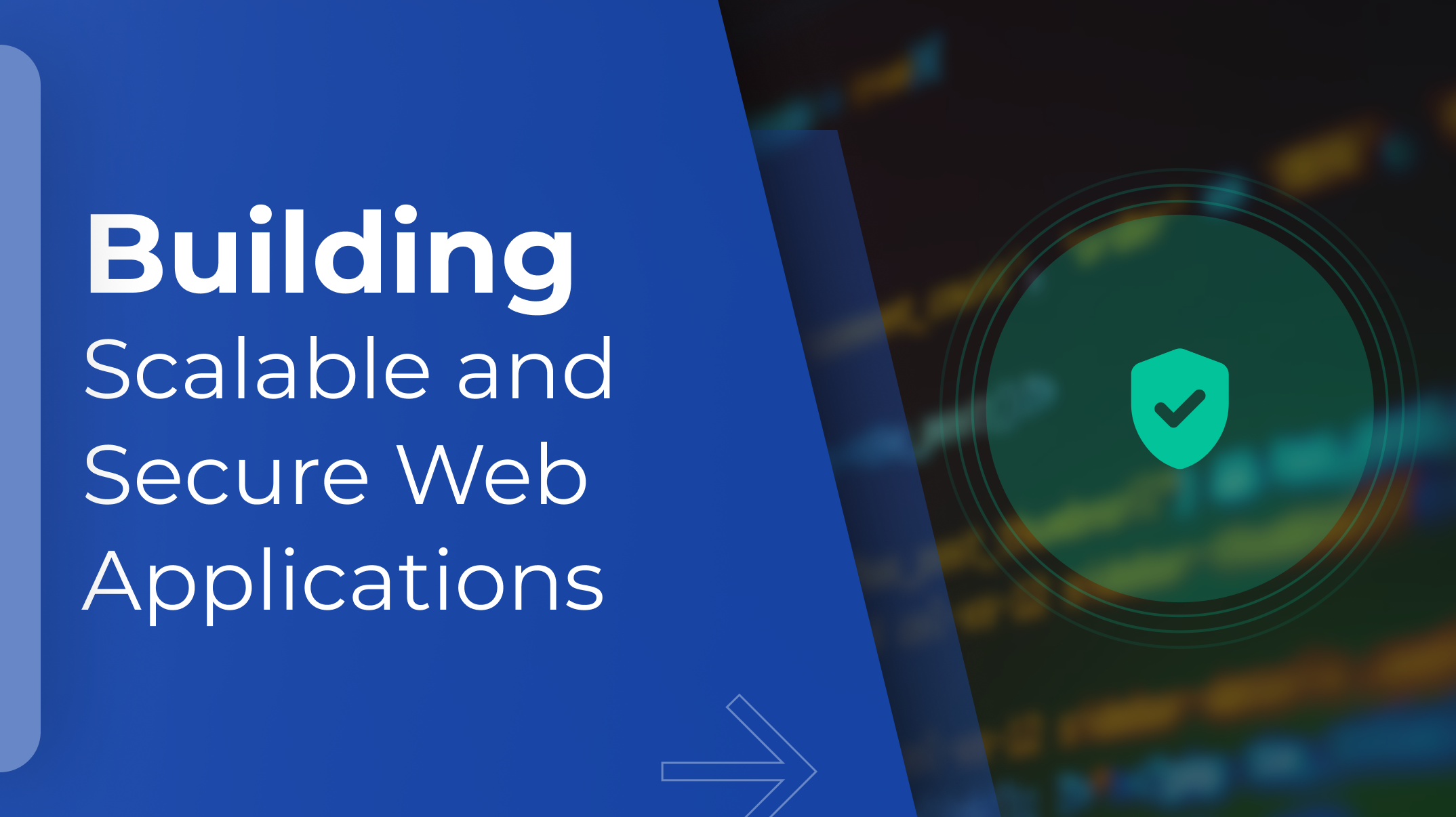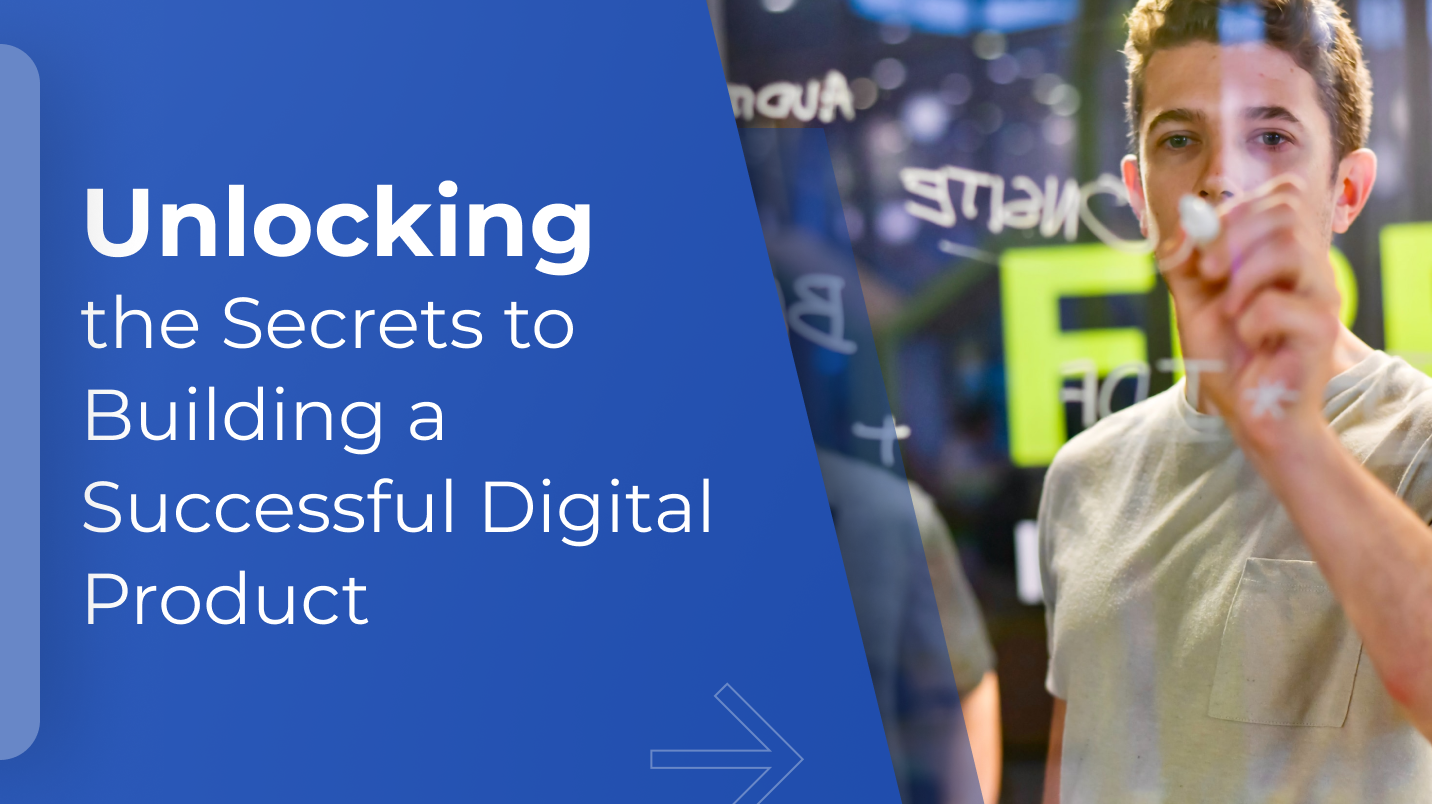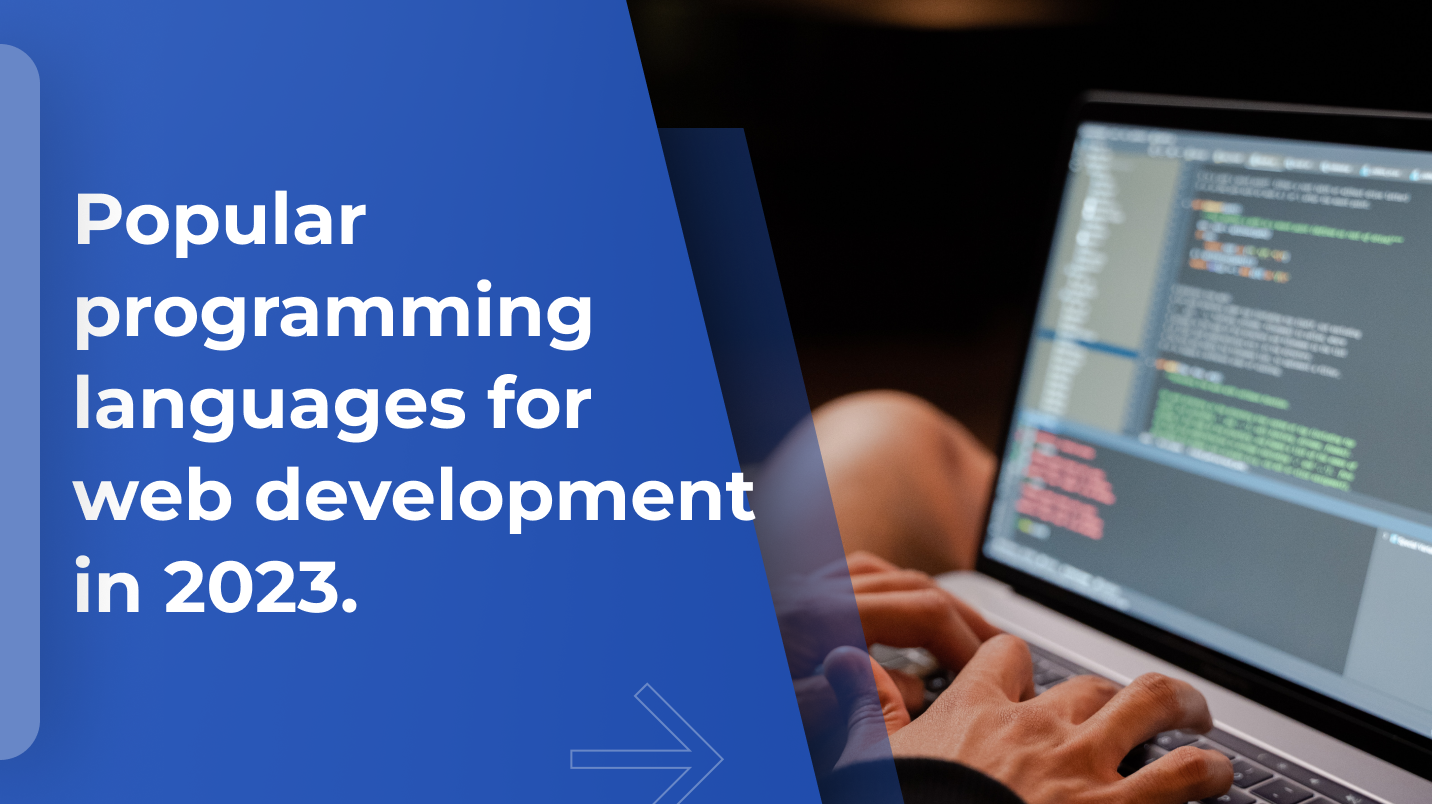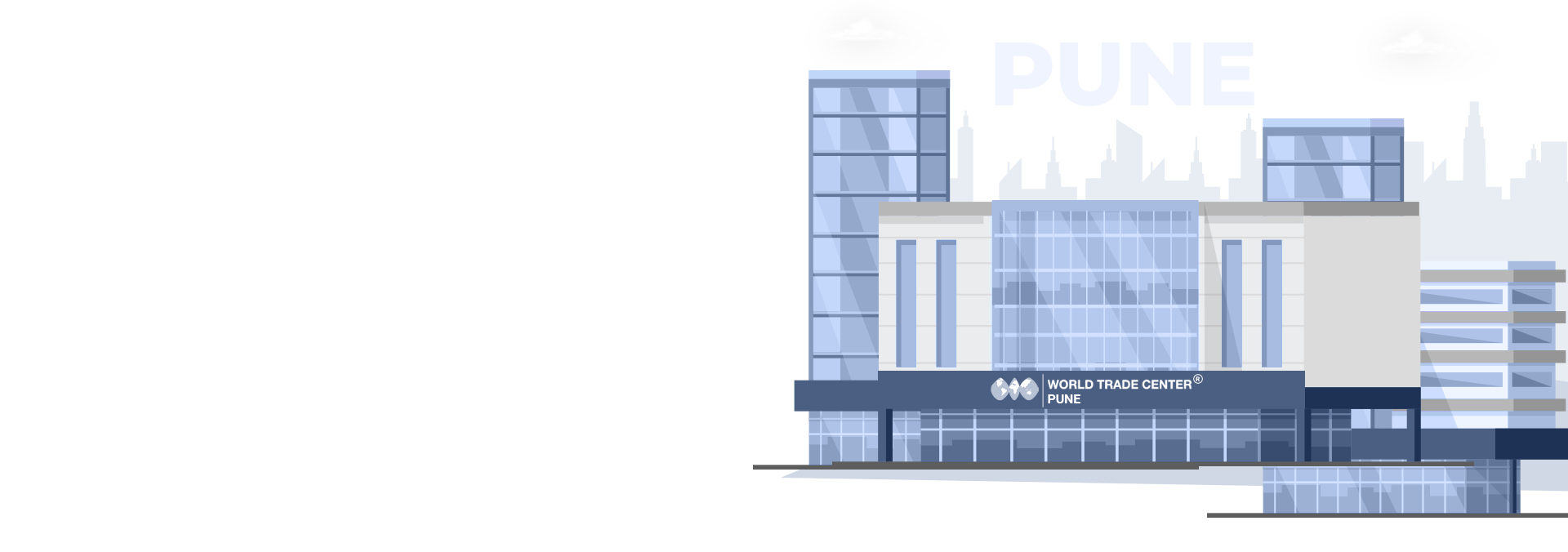As a software development company, Texala is constantly exploring new ways to enhance our clients’ digital experiences. One exciting area that we have been exploring lately is product designing with augmented reality (AR) and virtual reality (VR).
By incorporating AR and VR into the product design process, Texala can help our clients create immersive and interactive experiences for their customers. This can help to improve customer engagement and satisfaction, as well as increase sales and revenue.
In this blog post, we will explore some of the possibilities of product designing with AR and VR, and how it can benefit companies.
Visualization and Prototyping
AR and VR allow designers and developers to create virtual 3D models of the product, which can be used to visualize and test the design before it is manufactured. This can help to identify any potential design flaws or issues and can save time and resources by allowing designers to iterate on the design quickly.
Improved Collaboration
AR and VR can improve collaboration between designers, developers, and stakeholders by allowing them to view and discuss the product in a shared virtual space. This can help to improve communication and reduce the risk of misunderstandings or miscommunications.
Customization and Personalization
AR and VR can be used to create customized and personalized products for customers. For example, AR can be used to create virtual try-on experiences, allowing customers to see how a product would look on them before they make a purchase. VR can be used to create personalized product recommendations based on customers’ preferences and needs.
Training and Education
AR and VR can be used to train employees and educate customers on how to use and maintain the product. For example, AR can be used to create virtual training simulations for employees, while VR can be used to create immersive educational experiences for customers.
Marketing and Sales:
AR and VR can be used to create immersive and engaging marketing and sales experiences for customers. For example, AR can be used to create interactive product catalogs, while VR can be used to create virtual showrooms and product demonstrations.
Conclusion
Product designing with AR and VR is an exciting area that Texala is exploring to help our clients create innovative and engaging digital experiences for their customers. By incorporating AR and VR into the product design process, Texala can help to reduce costs, save time, and improve the overall quality of the product.
As technology continues to evolve, Texala looks forward to exploring even more exciting possibilities for product designing with AR and VR in the future. Contact us today to learn more about how Texala can help you incorporate AR and VR into your product design process.
